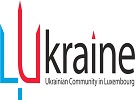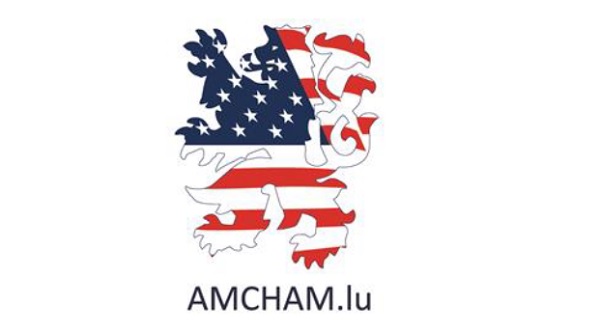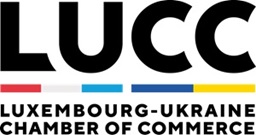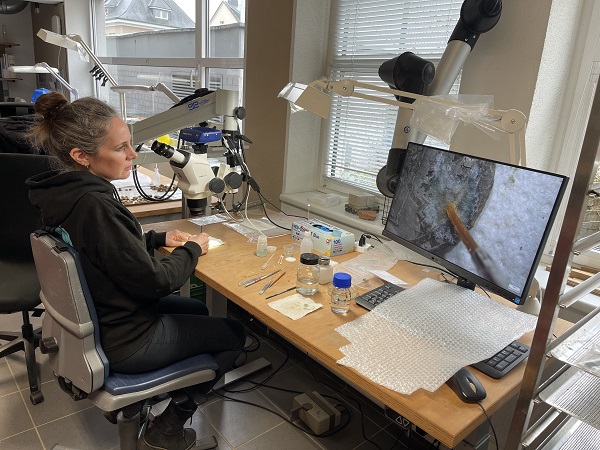 INRA conservation and restoration studio;
Credit: M. Kostigoff / J. Meyer
INRA conservation and restoration studio;
Credit: M. Kostigoff / J. Meyer
Chronicle.lu has teamed up with Luxembourg's National Institute for Archaeological Research (Institut national de recherches archéologiques - INRA) for a series of articles on archaeological digs and discoveries around the Grand Duchy.
The series explores digs spanning from prehistoric to Roman and medieval times, highlighting key finds and what they reveal about Luxembourg’s past. It also sheds light on the work of the INRA and its approach to archaeological and historical research.
The latest article in this series looks at archaeological conservation and restoration.
The INRA has a dedicated conservation and restoration team to support archaeologists on-site in the recovery of objects that are particularly fragile or endangered. This often takes the form of block extraction, in which an entire block of earth, including the object, is covered with a plaster shell and removed from the excavation site. The block is then opened in the studio and a small-scale excavation takes place using tools such as a microscope and scalpel.
The aim is to preserve the objects and make them readable for scientists and their research. As much information as possible should be extracted from the objects, and for this it may be necessary, for example, to reassemble ceramic and glass sherds or remove corrosion deposits from metal objects in order to reveal the original surface and all traces on it (manufacturing marks, signs of use).
Several thousand objects are brought to the studios each year and their location, the measures carried out on them and their status must be documented and constantly updated. The production of copies and loan requests are also part of the restoration department's remit.
The three INRA restoration studios are spread over two floors. The studio on the ground floor serves primarily as a collection point for incoming objects, which are first inventoried and examined by a member of the restoration department. After inventorying, the objects are further sorted according to material groups and conservation needs. Iron objects are X-rayed and temporarily stored in a walk-in freezer before being treated in desalination baths. Organic objects that arrive in a damp condition must be preserved before drying in order to stabilise them. This is done for leather objects in the studio on the ground floor, while wooden objects are preserved externally.
All other objects are first sorted according to where they were found, stored and then gradually distributed to the two studios on the first floor, where they are further processed by employees of the restoration department. This means that, if necessary, they are stabilised, cleaned, reassembled, and original surfaces are exposed.
How long a restorer works on a single object varies greatly and depends on many factors. The interaction between the material and its condition is just as relevant as the size of the object and its complexity.
A ceramic vessel consisting of only a few sherds that have been fired at a high temperature can be fully restored in 16-30 hours. Work on a vessel made of low-fired ceramic that needs to be consolidated and consists of many small sherds may still not be complete after 100 hours.
Conservation is also particularly time-consuming for objects made of waterlogged wood or iron. In the case of iron, this involves at least six months in a desalination bath, while in the case of waterlogged wood, conservation can take several years.
Objects made of precious metals are stabilised and usually kept in a safe in a bank, where they can be studied in a secure room.
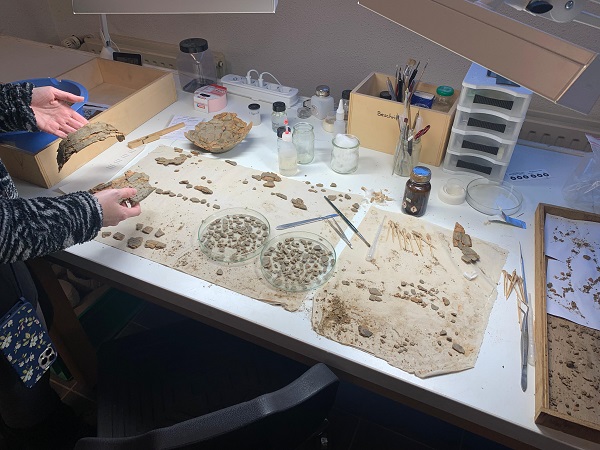
(Photo credit: M. Kostigoff / J. Meyer)




